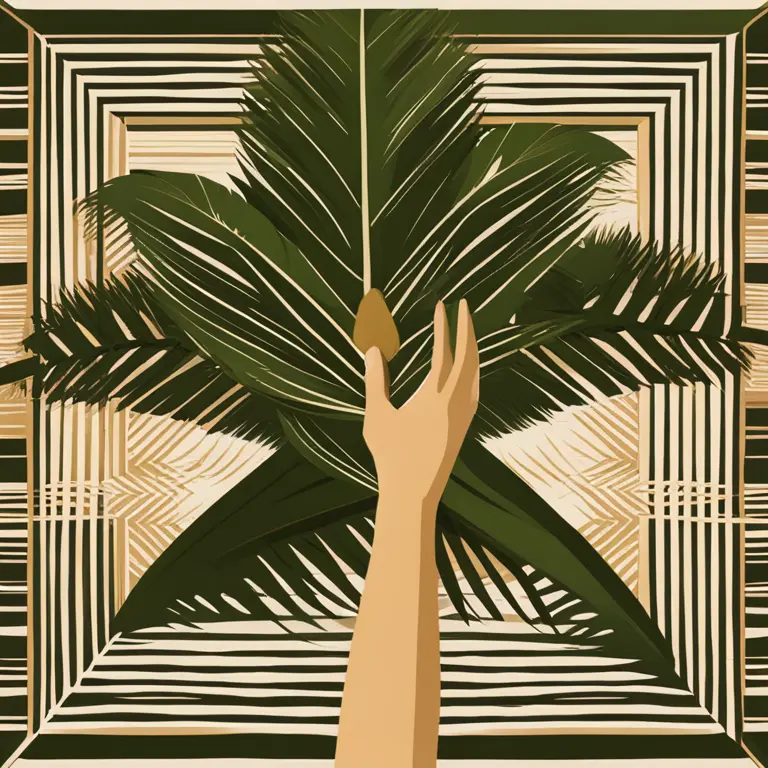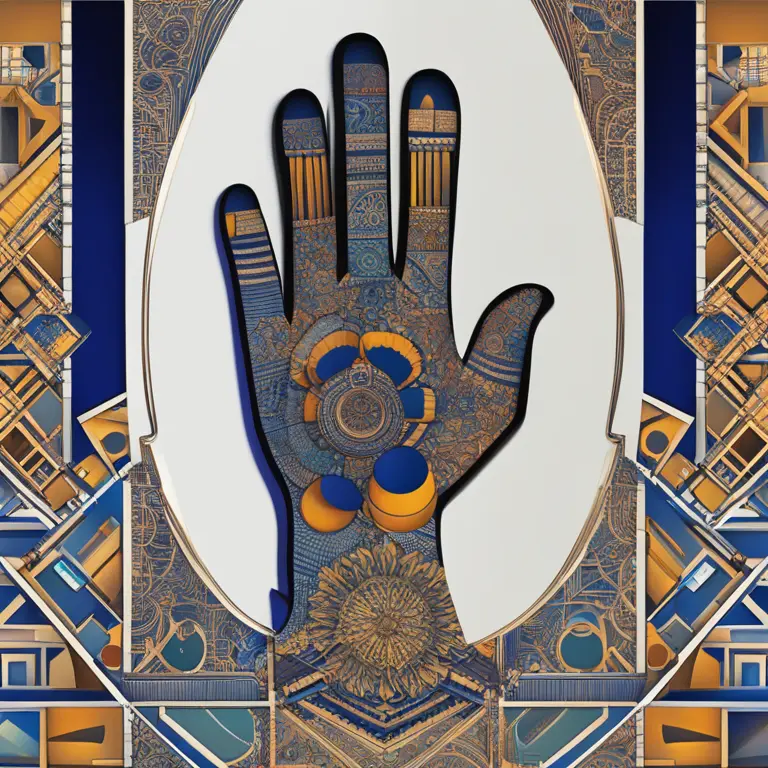
Which Hand to Read in Palmistry?
Discover the traditional and modern practices of palm reading to understand which hand unfolds your personal narrative.
article by Nora Pennington
Palm Reading Basics
In the ancient art of palmistry, the hands are seen as a roadmap to one’s life experiences, personality traits, and future outcomes. Skillful palmists can decipher the complex lines, shapes, and patterns on an individual's hands to provide insight into various aspects of their life. As we step into 2024, the question remains: which hand should be read to glean accurate insights during a palm reading? This article dives into traditional wisdom and contemporary approaches to answer this enduring query.

The Dominant Hand - Mirror of Now and The Future
Predominantly, the hand that an individual uses most often – usually the right hand for a right-handed person and vice versa – is referred to as the dominant hand. This hand is commonly believed to represent active consciousness, present life circumstances, and potential future events. The dominant hand reflects what you have made of your life, the decisions you have taken, and the paths you are inclined to follow. It is like an open book, continually being written and revised with life's ongoing stories.

The Non-Dominant Hand - Blueprint of Innate Potential
The non-dominant hand, in contrast, is considered the subconscious hand or the hand of potential. It’s thought to represent inborn traits, underlying character, and the raw, unchanged aspects of oneself. It’s the starting point, the untouched terrain of your life's map. Some palmists believe that reading the non-dominant hand is indispensable for providing context to the ongoing narrative observed in the dominant hand. A holistic reading often involves comparing both hands to elucidate the dialogue between a person’s potential and their accomplished deeds.

Modern Palmistry Perspectives
As we embrace more inclusive and non-binary understandings of individuality, palmistry too evolves. Modern palmists may consider both hands equally important, often beginning with the non-dominant hand to understand potential and moving to the dominant hand to see how a person has acted upon those potentialities. Moreover, they may also take into account the flexibility of the hands, the quality of the lines, and other factors before making a conclusion or prediction. This approach tailors the practice to the complexity of modern life.

Gender-Based Methods: A Thing of the Past?
Older palmistry traditions sometimes advocated gender-specific guidelines for hand reading. For instance, it was suggested that for men, the right hand was the more telling for readings whereas for women, the left hand was to be predominately examined. However, with evolving gender perceptions and equality, such practices are becoming less prevalent. What matters now is the individual's dominant hand and their personal history, not their gender.
When to Read Both Hands
There are specific instances in which a palmist may actively involve both hands in a reading. When predicting timings for certain events or interpreting the impact of external influences on a person’s life, cross-referencing both hands can be useful. It’s like listening to both sides of a story to get the complete picture—each hand providing its own narrative that, when woven together, form a more accurate and intricate portrayal of the individual’s life journey.
Published: 1/11/2024
Modified: 1/12/2024
More predictions
Come back here soon to learn more about yourself and your future


Can Palmistry Predict Your Path Incorrectly?
Delving into the accuracy of palm readings, this article examines whether palmistry can lead to incorrect predictions about one's life and destiny.


Palmistry: The Historical Overview
Delve into the dawn of palmistry and trace its journey through the corridors of time, uncovering the roots of this ancient practice.


The Ancient Art of Vedic Palmistry
Discover the ancient art of Vedic Palmistry and its practice in the modern era, revealing the secrets held within the lines of the hand.